Water quality has become a growing concern for households and businesses alike, with many turning to water purifiers to ensure safe and clean drinking water. Among the various metrics used to evaluate water purity, Total Dissolved Solids (TDS) stands out as one of the most critical indicators. Understanding TDS values and their implications can help consumers make informed decisions about their water purification needs.
TDS refers to the total concentration of dissolved substances in water, including minerals, salts, metals, and other organic compounds. These substances can originate from natural sources, industrial runoff, or even plumbing systems. While some dissolved minerals are beneficial for health, excessively high or low TDS levels can indicate potential issues with water quality.
The Science Behind TDS Measurement
TDS is typically measured in parts per million (ppm) or milligrams per liter (mg/L). The measurement process involves passing an electrical current through the water and measuring its conductivity. Since dissolved ions conduct electricity, higher conductivity generally correlates with higher TDS levels. However, it's important to note that TDS meters don't distinguish between different types of dissolved solids—they simply measure the total concentration.
Modern water purifiers often come equipped with built-in TDS meters, allowing users to monitor their water quality continuously. These devices have become increasingly sophisticated, with some models offering digital displays and smartphone connectivity for real-time tracking. The convenience of these features has made TDS monitoring more accessible to the average consumer.
Interpreting TDS Values: What the Numbers Mean
Water with a TDS level below 50 ppm is considered very low in mineral content. While this might sound ideal, such water can taste flat and may lack beneficial minerals like calcium and magnesium. On the other end of the spectrum, water exceeding 500 ppm starts to become noticeable in taste and may indicate the presence of undesirable contaminants.
The World Health Organization suggests that drinking water should ideally have a TDS between 150-300 ppm for optimal taste and health benefits. This range typically provides enough minerals for good taste and nutritional value without containing excessive amounts of potentially harmful substances. However, these guidelines can vary depending on regional water quality standards and individual health considerations.
TDS and Water Purification Technologies
Different water purification methods affect TDS levels in distinct ways. Reverse osmosis (RO) systems, known for their thorough filtration, can reduce TDS significantly—sometimes too much. This has led to the development of RO systems with TDS modulators that maintain some beneficial minerals in the water. Ultrafiltration systems, by contrast, typically leave TDS levels relatively unchanged as they focus on removing larger contaminants.
The relationship between TDS and water purification raises important questions about balancing purity with mineral content. While removing harmful contaminants is crucial, completely demineralized water may not be ideal for regular consumption. This has prompted manufacturers to develop more nuanced filtration systems that can selectively remove harmful substances while preserving beneficial minerals.
Regional Variations and TDS Considerations
Geological factors greatly influence natural TDS levels in water. Areas with limestone bedrock, for instance, tend to have higher TDS due to dissolved calcium carbonate. Coastal regions might experience elevated TDS from saltwater intrusion. These regional differences mean that ideal TDS targets and appropriate purification methods can vary significantly from one location to another.
In some cases, municipal water treatment plants already adjust TDS levels before water reaches consumers. This makes it important for individuals to understand their local water profile before investing in additional purification systems. Water quality reports from local utilities can provide valuable baseline information about TDS and other parameters.
The Limitations of TDS as a Standalone Metric
While TDS provides valuable information about water quality, it shouldn't be the sole factor in assessing water safety. Some harmful contaminants like bacteria or pesticides may not significantly affect TDS readings. Conversely, water with high TDS from natural mineral sources might be perfectly safe to drink. This underscores the importance of comprehensive water testing that looks beyond just TDS measurements.
Consumers should also be aware that TDS meters require proper calibration and maintenance to provide accurate readings. Factors like water temperature can affect measurements, and meters can become less accurate over time without proper care. Understanding these limitations helps prevent misinterpretation of TDS data.
Practical Applications for Home Water Purification
For homeowners considering water purification systems, TDS measurements can serve as a useful starting point for evaluating options. Initial TDS testing can indicate whether an RO system might be necessary or if a simpler filtration method would suffice. Regular TDS monitoring after installation helps verify that the system is functioning properly and maintaining desired water quality.
The growing awareness of TDS has also influenced product development in the water purification industry. Many manufacturers now highlight TDS-related features in their marketing, from adjustable TDS levels to mineral enhancement technologies. This reflects how consumer interest in water quality metrics has shaped the market.
Future Directions in TDS Monitoring and Water Purification
Emerging technologies promise to make TDS monitoring even more sophisticated. Researchers are developing sensors that can not only measure overall TDS but also identify specific types of dissolved solids. Such advancements could lead to smarter purification systems that make real-time adjustments based on comprehensive water analysis.
The integration of artificial intelligence with water purification systems represents another exciting frontier. Future systems might learn household water usage patterns and adjust purification processes accordingly, maintaining optimal TDS levels while minimizing water waste. These innovations could make precise water quality management more accessible to consumers worldwide.
As our understanding of water quality continues to evolve, TDS remains a fundamental—though not exhaustive—metric for assessing drinking water. By combining TDS measurements with other water quality indicators and understanding the context behind the numbers, consumers can make better decisions about their water purification needs and ultimately enjoy safer, better-tasting water.

By /Jul 28, 2025

By /Jul 28, 2025

By /Jul 28, 2025

By /Jul 28, 2025

By /Jul 28, 2025
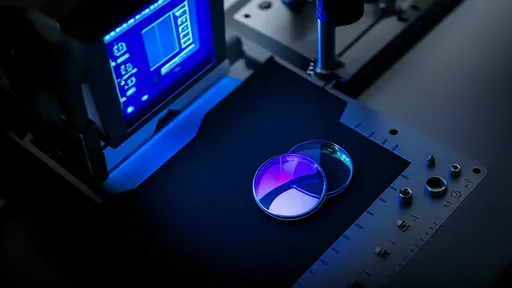
By /Jul 28, 2025
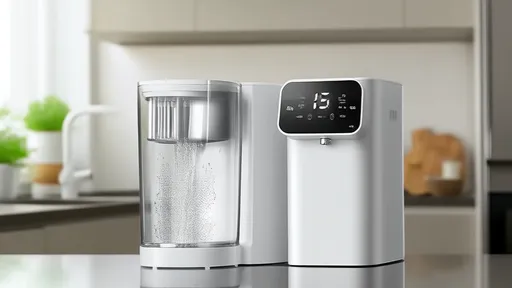
By /Jul 28, 2025
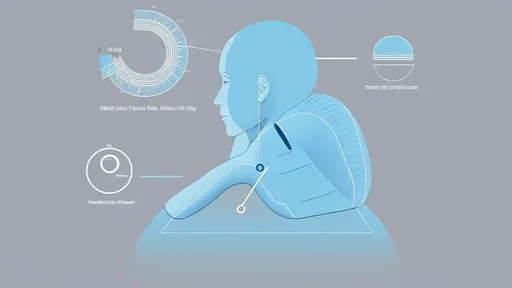
By /Jul 28, 2025

By /Jul 28, 2025

By /Jul 28, 2025
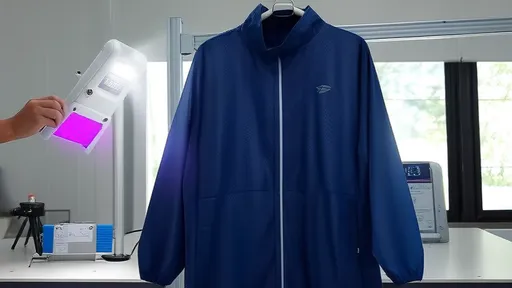
By /Jul 28, 2025
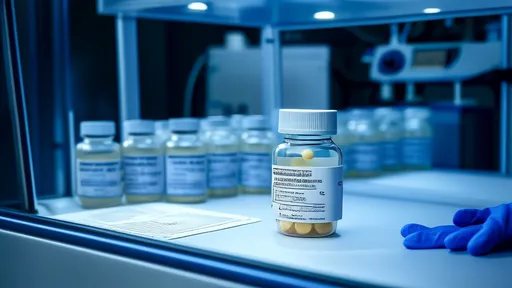
By /Jul 28, 2025
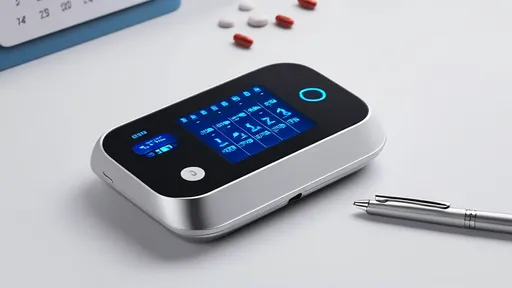
By /Jul 28, 2025

By /Jul 28, 2025

By /Jul 28, 2025
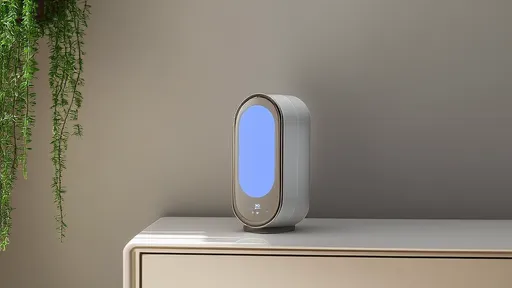
By /Jul 28, 2025
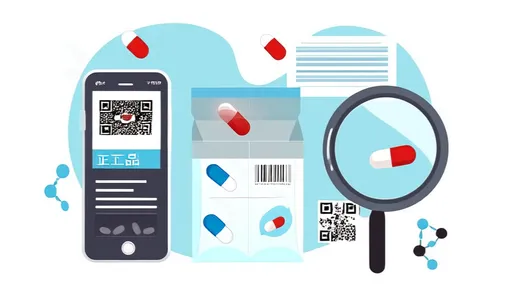
By /Jul 28, 2025
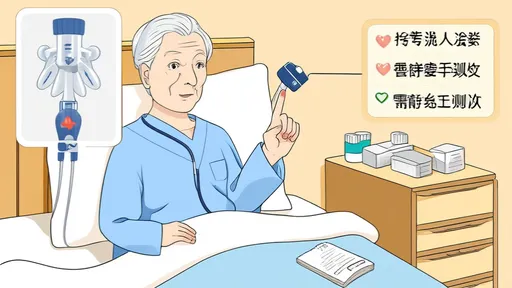
By /Jul 28, 2025